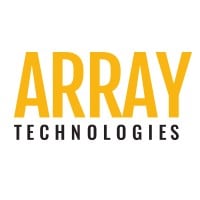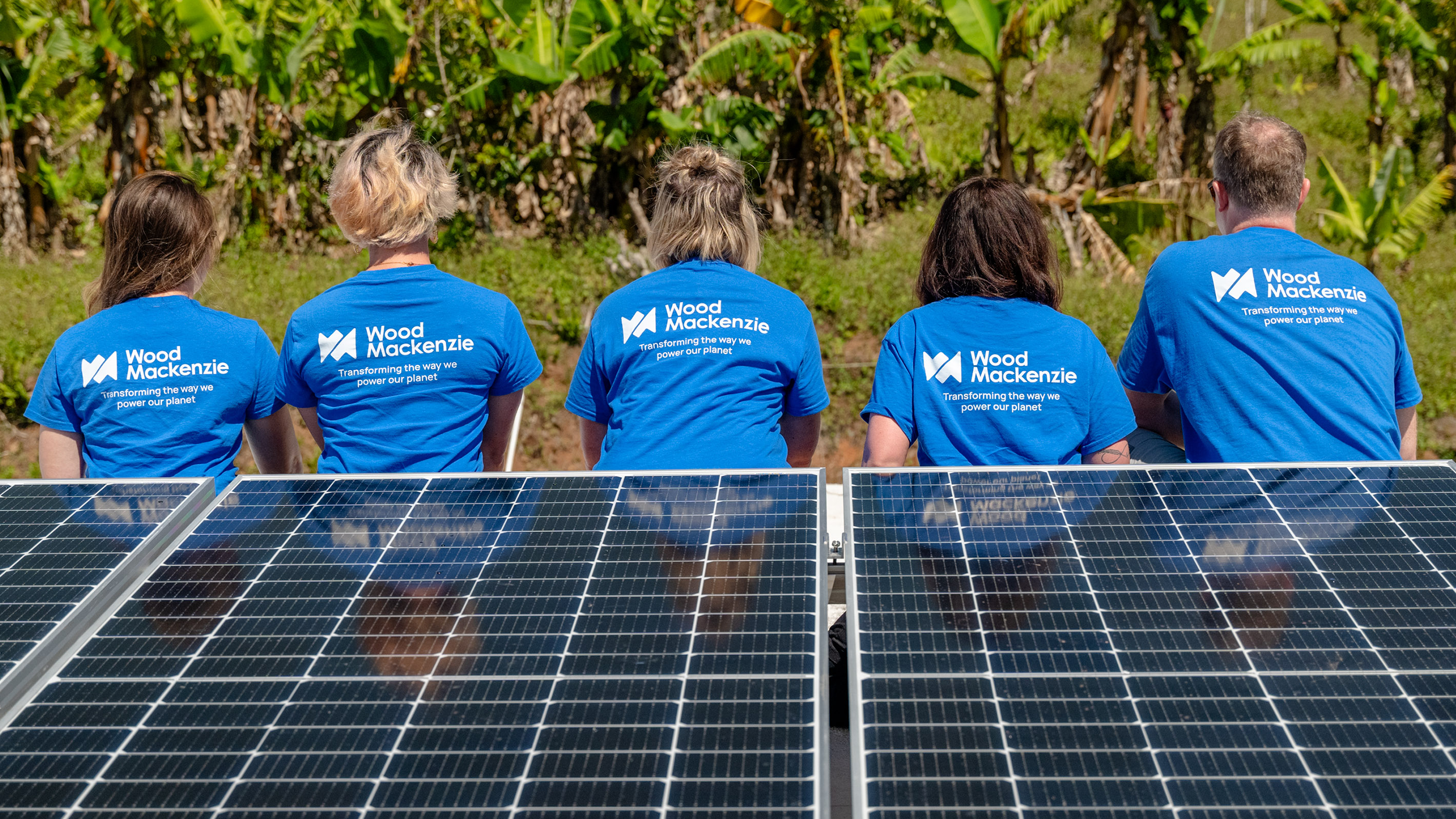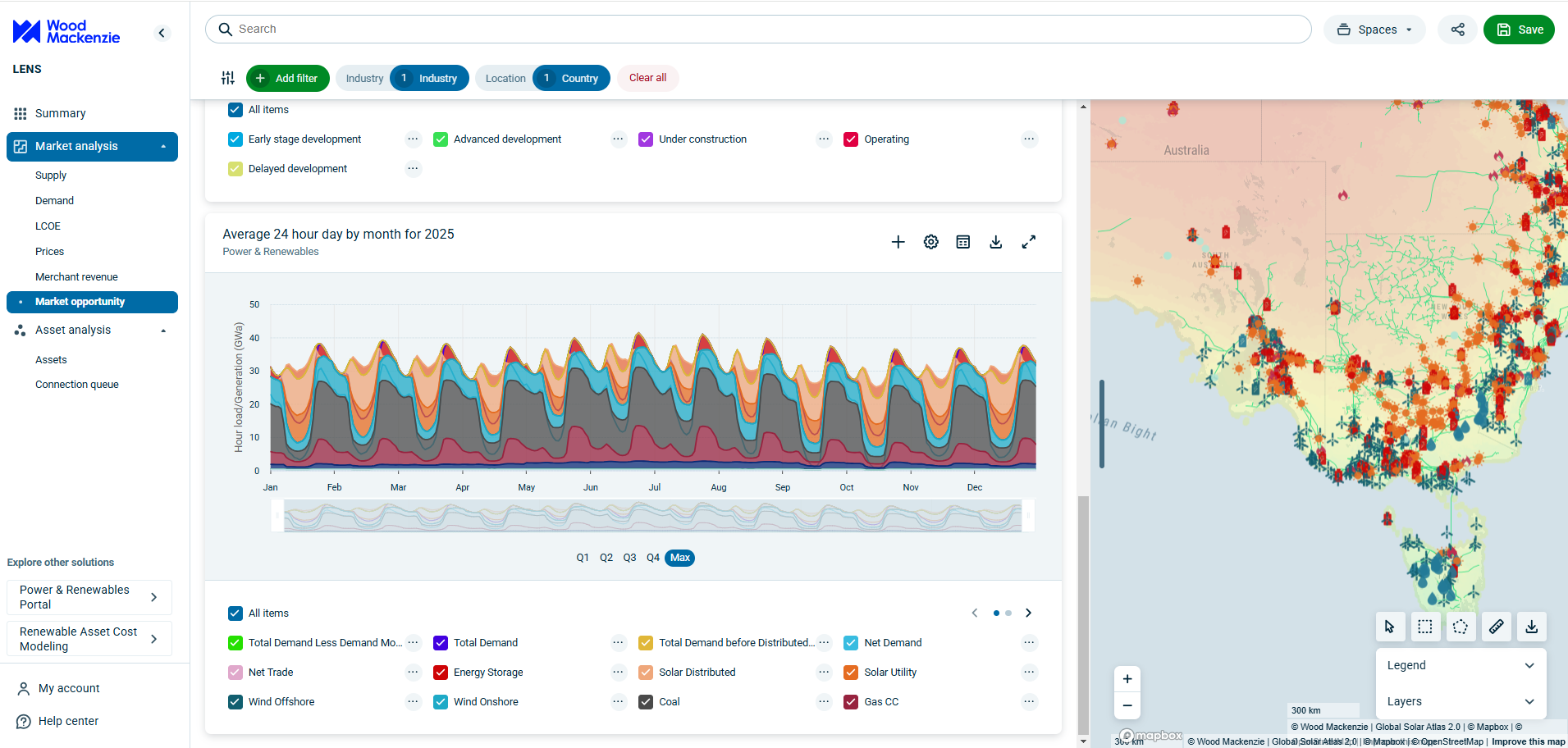Discuss your challenges with our solutions experts
Tracking a better way to boost power yield
How Array Technologies uses algorithms to achieve maximum efficiency in solar
1 minute read
This sponsored content is brought to you in partnership with:

Getting the most from a utility-scale photovoltaic (PV) solar installation by optimizing power yield in various ways has always been important. But it has just become a lot more important as an increasingly difficult cost environment combines with recent trends in the location of solar panels to present fresh challenges.
As most in the industry will be aware, power purchase agreement (PPA) pricing has ticked up recently but the trend for some years now has been steady decline, meaning that the cost of generating that power needs to keep coming down. Yet global solar module prices rose by a quarter last year, while commodity and transport costs are soaring.
This maintains pressure on operators to keep squeezing efficiencies from solar panel modules, particularly as such assets are now expected to run beyond 30 years. Fortunately, there are highly effective ways in which to achieve this optimization, thereby providing solutions amid an increasingly important focus on lifetime costs.
Operators are under pressure to keep squeezing efficiencies from solar panel modules
One is by eking more out of a solar tracker by adding more modules to a row. Another is customizing module row length, which helps PV plant developers, owners, project managers and others obtain a clearer picture of how to optimise site use, engage in minimal grading and, most importantly, boost energy yield.
At Array Technologies, a leading US-based provider of utility-scale solar tracker technology, a highly effective solution is to leverage a four-string tracker row as opposed to a more traditional three-string row, so that the overall cost per watt of each individual tracker row can be reduced.
By considering the extension and customization of module row lengths early on in a PV plant project, developers can define the most efficient design for a unique site – and the project’s unique budget constraints. By extending total length, PV plant projects can often also increase modules per post (or more generally meters per post) — a key metric used to determine the cost efficiency of a tracker structure design.
As Jon Sharp, Array’s Vice President, Strategic Product Marketing, explains, there are other innovative ways to optimise power output that navigate two of the big constants in the solar world: weather intermittency and varying types of terrain.
“Traditional tracker design and algorithms have been used since the 1990s to help ensure panels ‘follow the sun’ as closely as possible. But it’s totally feasible to improve on that, where cloudier locations are concerned. And, as we know, such locations have come increasingly into view,” he says.
Wood Mackenzie analysis of publicly available data shows that in Ohio and Wisconsin, for example, the number of utility-scale solar installations in cloudy locations increased by over 900 percent and 236 percent, respectively, from 2017 to 2021.
Array developed a solution called SmarTrack to deal with these issues. Advanced machine learning algorithms boost energy production by intelligently adjusting module angles in response to weather and site conditions without additional specialised equipment, expensive sensors, or the need to add technical staff. This makes it possible for PV operators to position a tracker in a more flat, or horizontal position, to capture scattered light more efficiently and achieve diffused gains.
“Our technology takes the GHI [global horizontal irradiance] sensor data and transforms this to allow operators to make the calls necessary to identify where irradiance is likely to be better, at what angle. It’s that extra level of precision, on a constant basis,” says Sharp.
A second feature of SmarTrack is helping to deal with the challenge of undulating terrain and the obvious consequence that tracker installation can be imperfect and that backtracking, or row shading, becomes a real problem. Array has developed an algorithm that accounts for the undulating geometry of a site and reduces or avoids shading.
This is in demand because, in parallel with the trend of installing equipment in cloudier locations, there has been a similar trend in relation to undulating terrain. Indeed, Colorado and Nevada have, respectively, seen a 615 percent and 28 percent rise in the number of solar installations on undulating terrain.
SmarTrack can thus boost kilowatt-hours under overcast conditions and decrease row-to-row shading losses on clear days caused by uneven terrain. What’s more, within days of deployment, it learns the optimum module positions of a PV plant to yield maximum power over its lifetime. It operates securely on-site, without the necessity of data leaving the plant.
Clearly, durability and flexibility are helpful when it comes to operating on uneven terrain. That’s why, on top of smart algorithms, Array developed its DuraTrack, a single-axis solar tracker that’s designed to withstand harsh desert environments and high wind speeds with a patented wind-mitigation system which does not rely on complex communications systems, batteries, or power.
By coupling SmarTrack with the DuraTrack tracker, PV plant operators benefit from a seamless connection between the software and the patented design of the Array tracker to cost-effectively increase yield. This combination of attributes means Array has the lowest levelised cost of energy in the industry. Indeed, SmarTrack can achieve an increase in energy output by 1-1.5 percent, typically.
“Our objective has been to get more electricity from solar installations through better design of software and hardware,” says Sharp. “At a time of cost and other challenges, we believe that have the right additional tools is essential in determining the best course of action for operators’ unique needs and sites.”
This sponsored content was built in partnership with Array Technologies and does not necessarily reflect the views of Wood Mackenzie group of companies, its employees or management.






